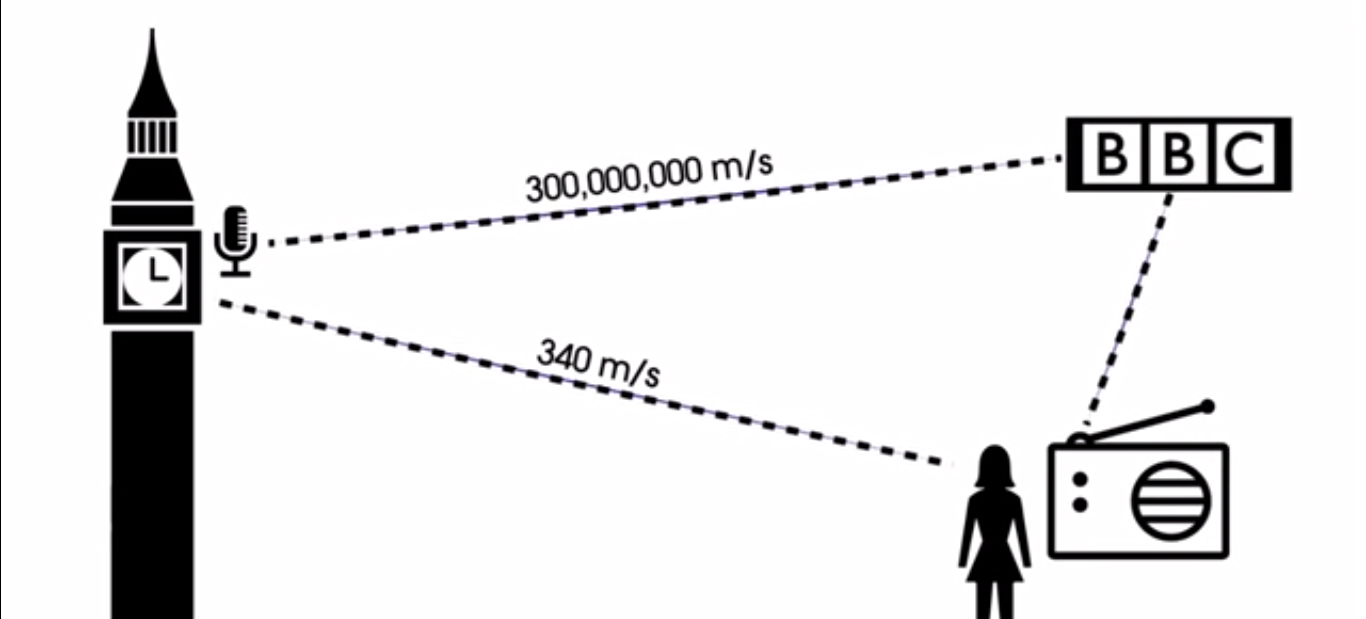By Anupum Pant
We’ve always heard mass is a form of energy, mass is frozen energy or mass can be converted to energy. It might sound like you’ve been lied all your life when I tell you all of these statements are not exactly right. Mass is a much more complex thing than it seems.
This channel I recently stumbled upon does a very good job of explaining what mass is by first telling you that the mass of a hydrogen atom is actually slightly less than the sum of masses of it’s constituents – an electron and a proton. The same thing can be applied to a proton too, which is composed of quarks. And so on.
So mass is basically not just a simple indicator of the amount of matter in something. There’s more to it…
